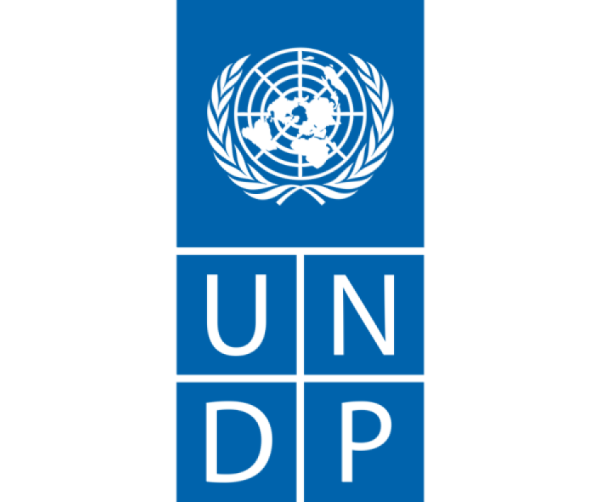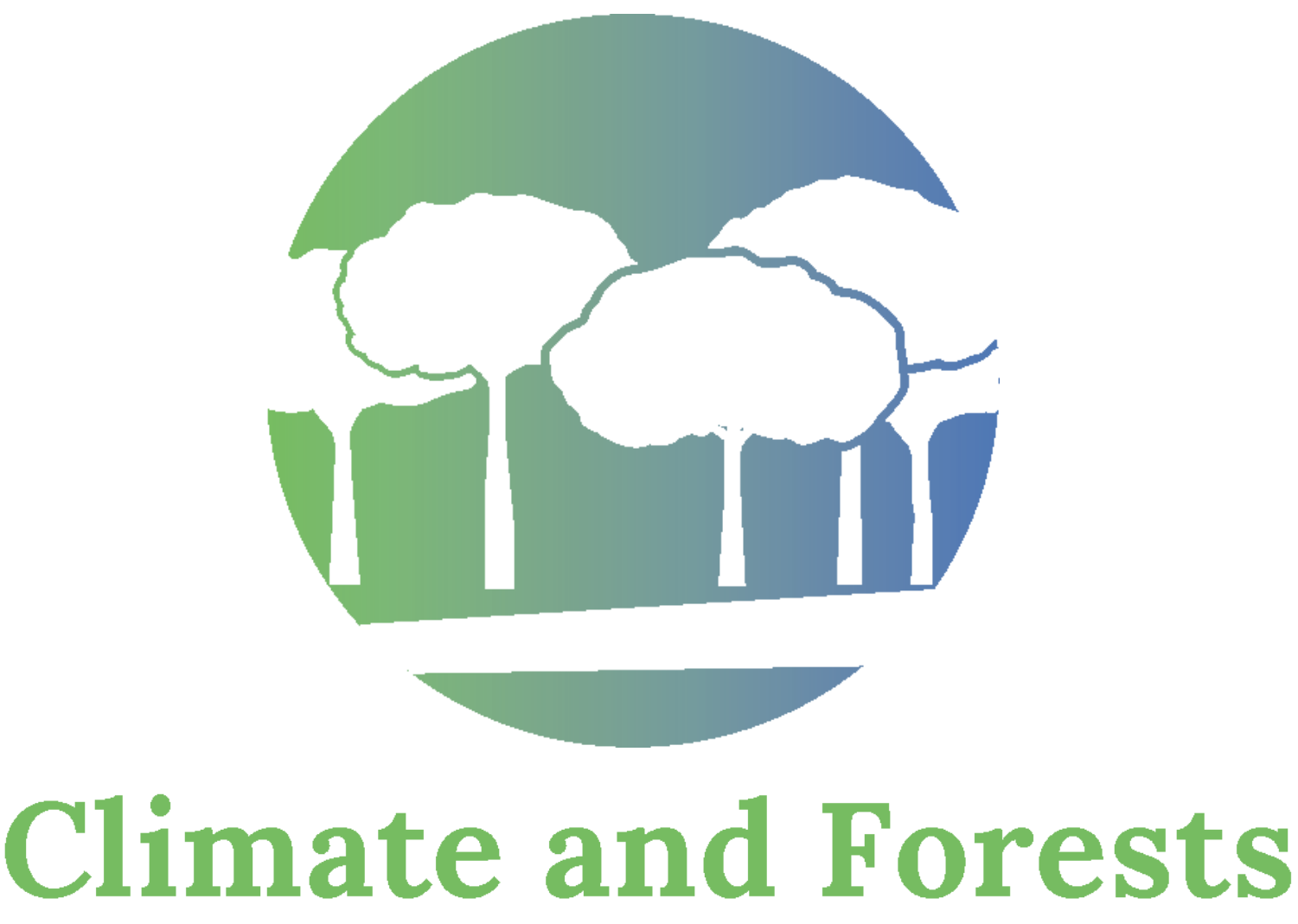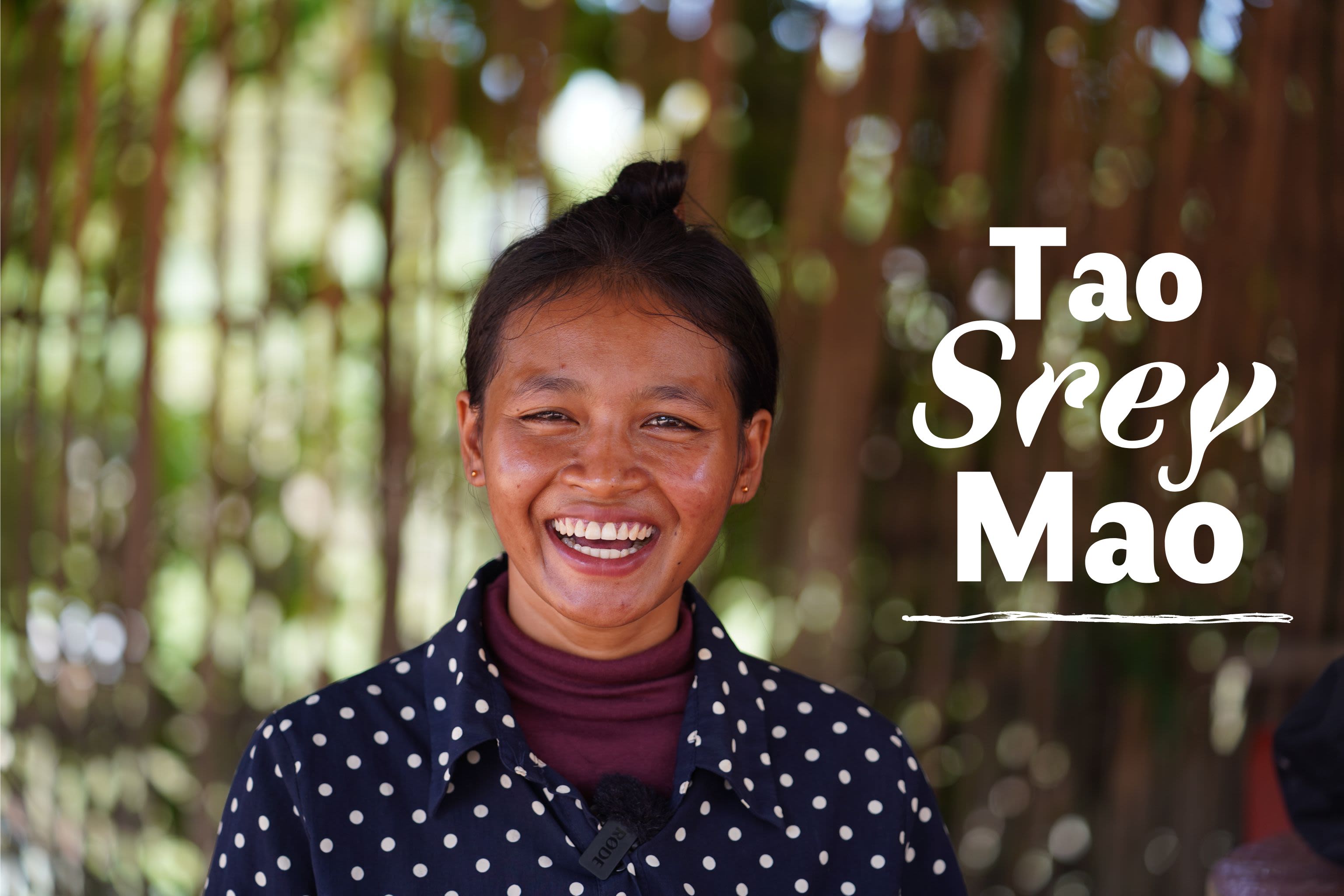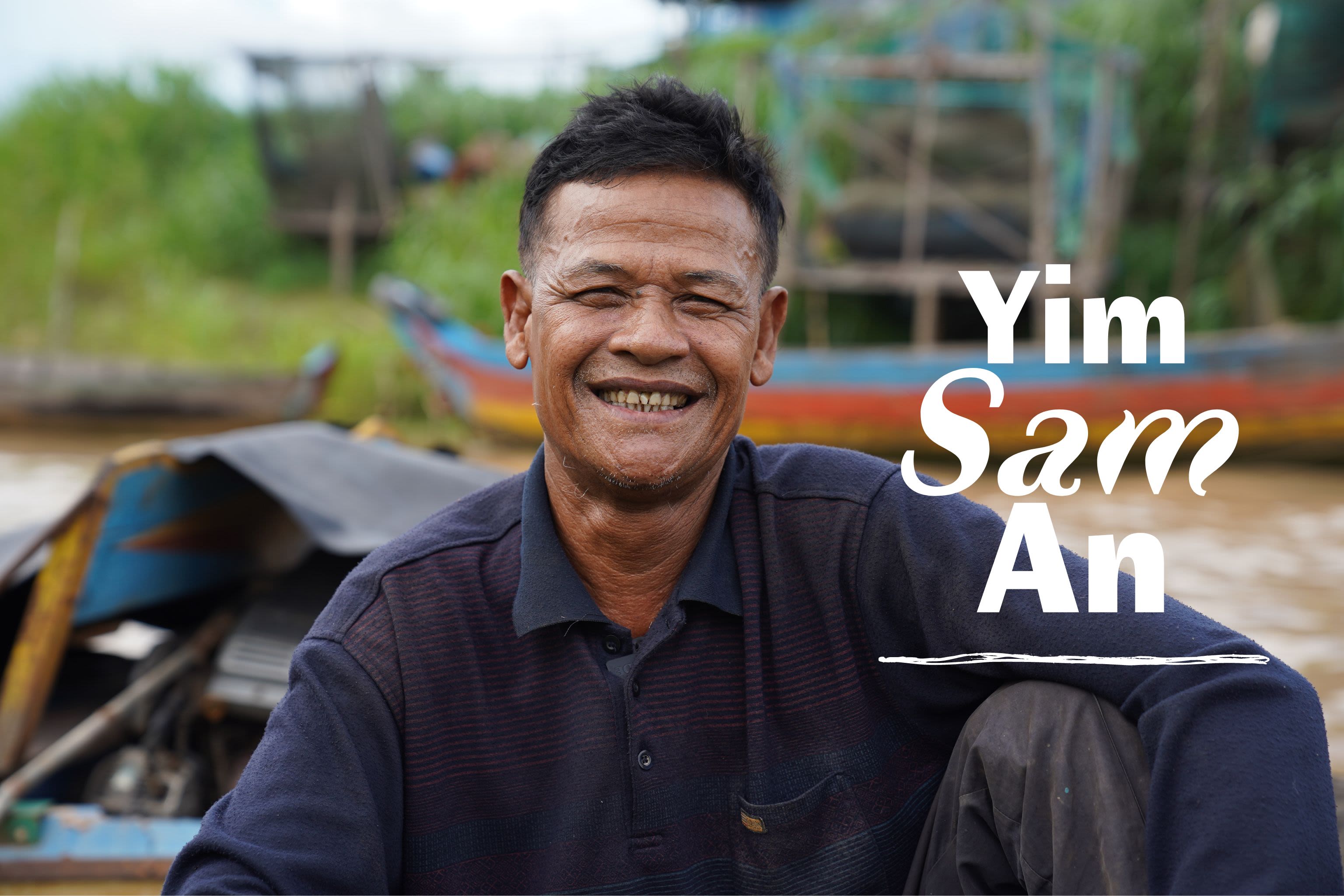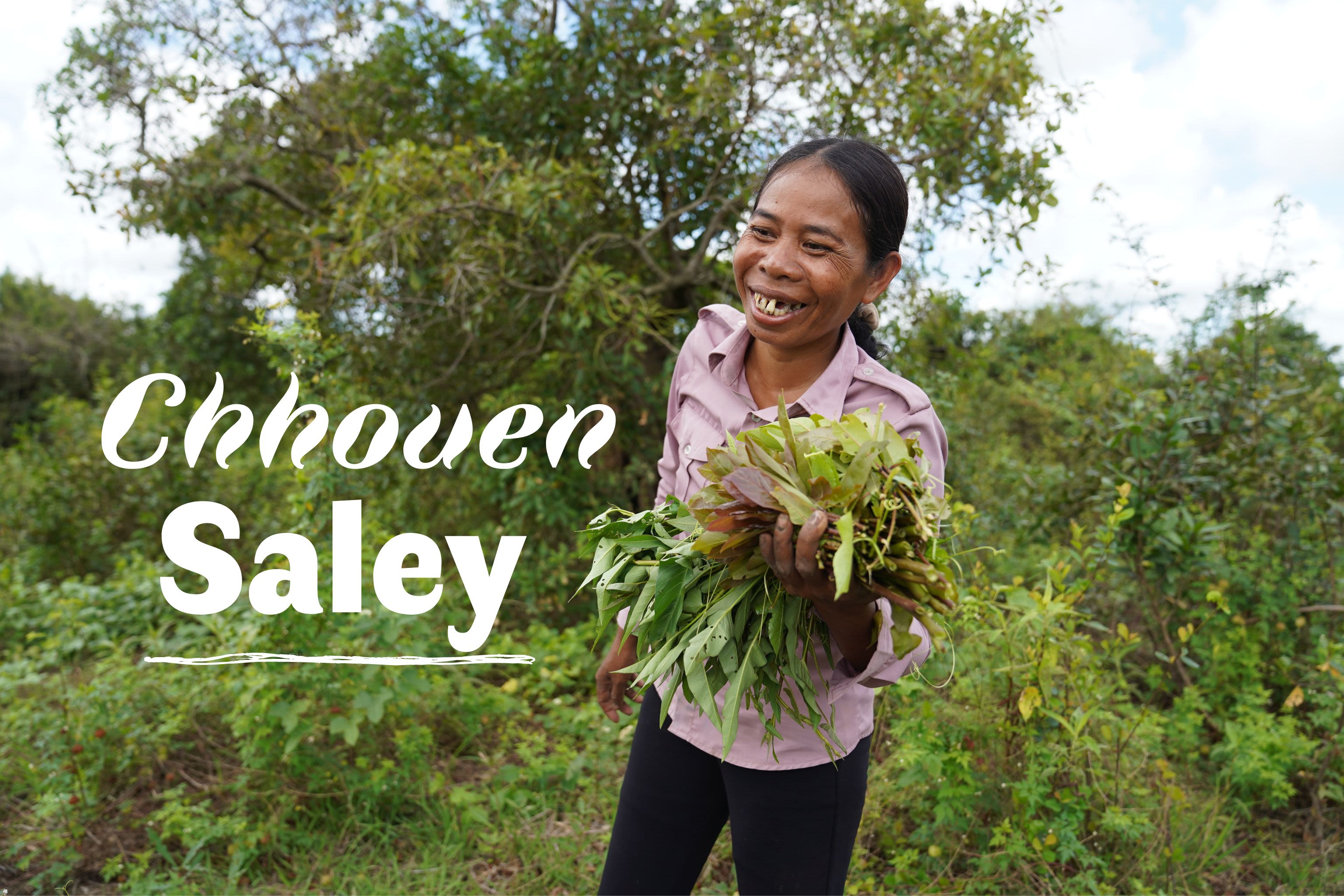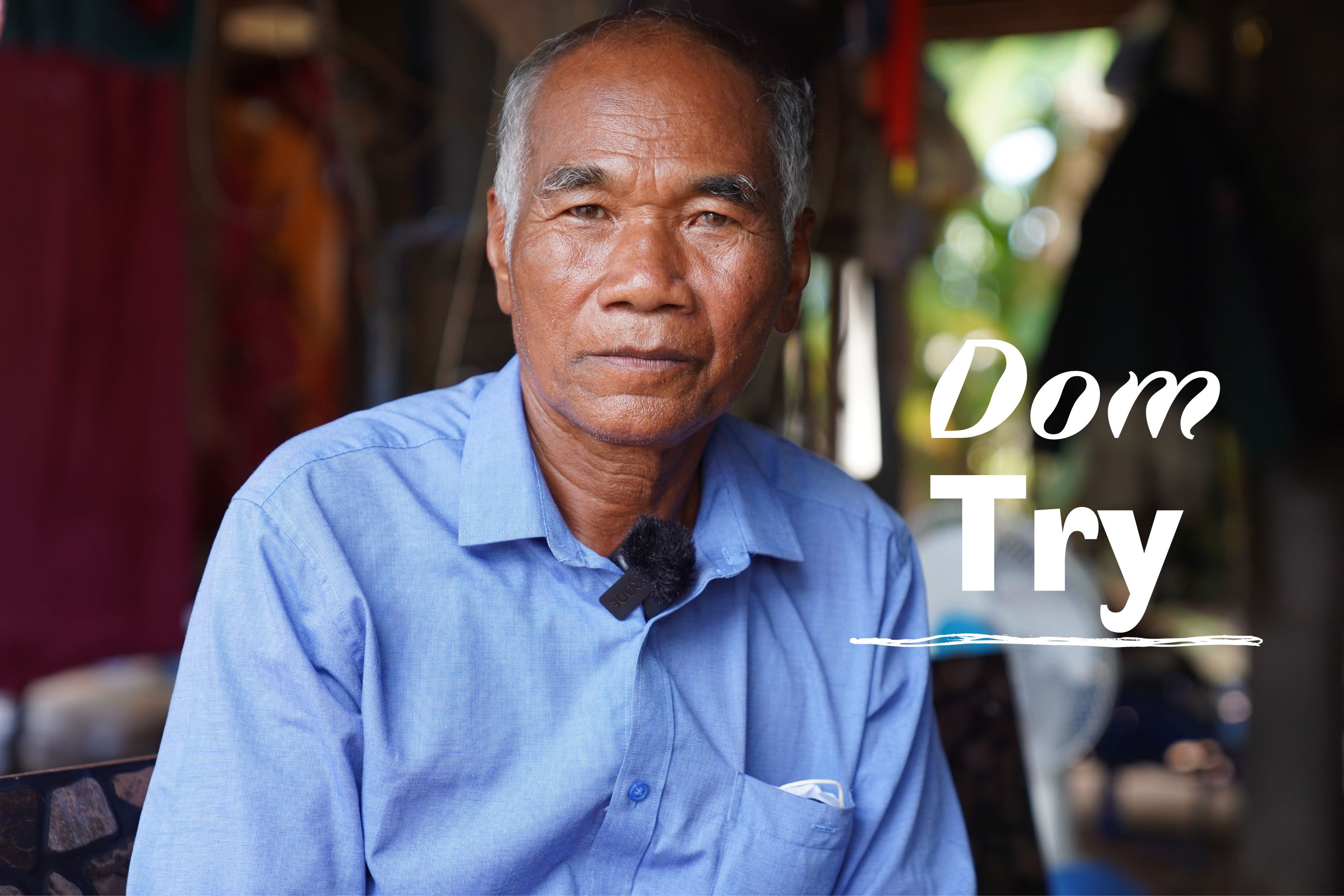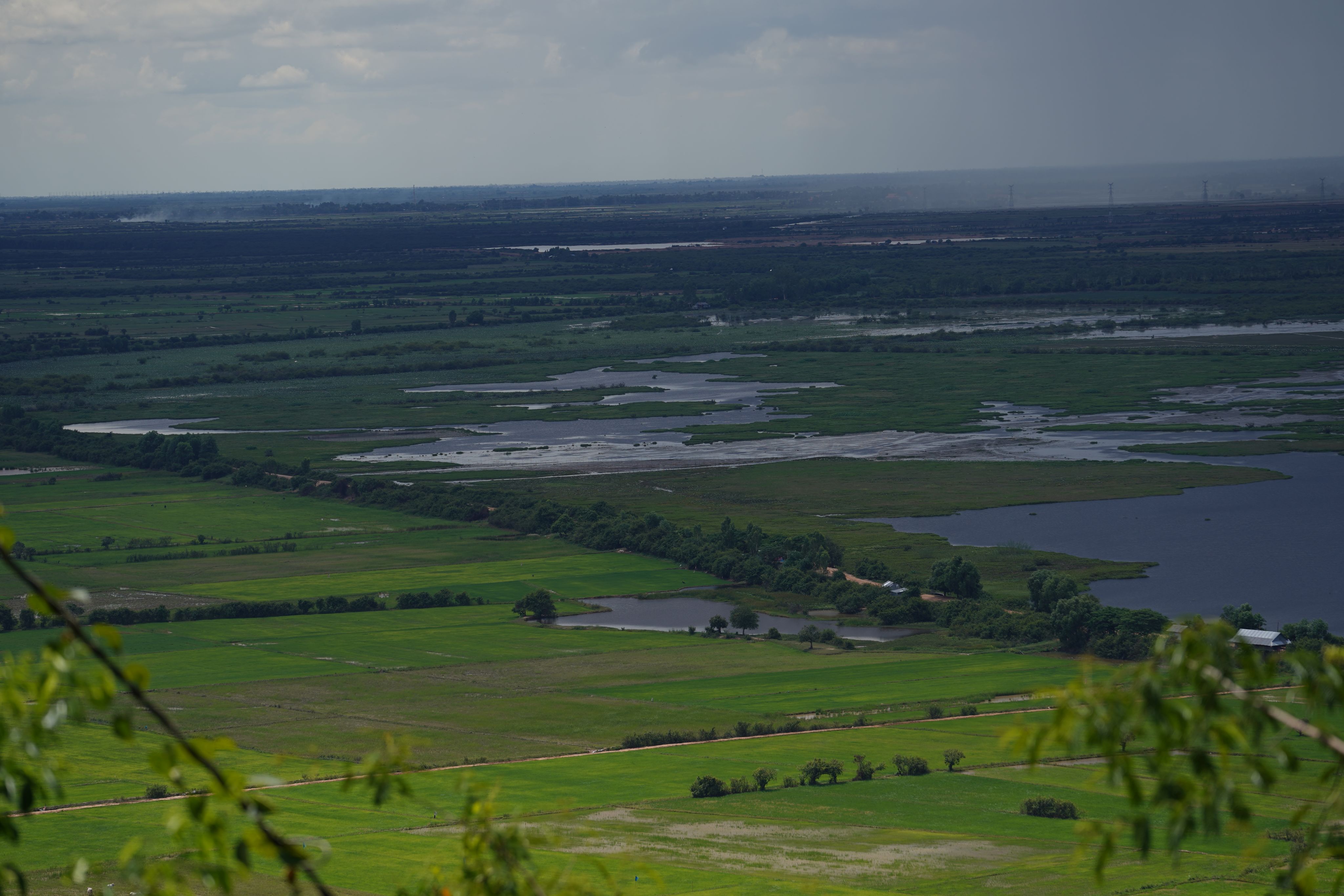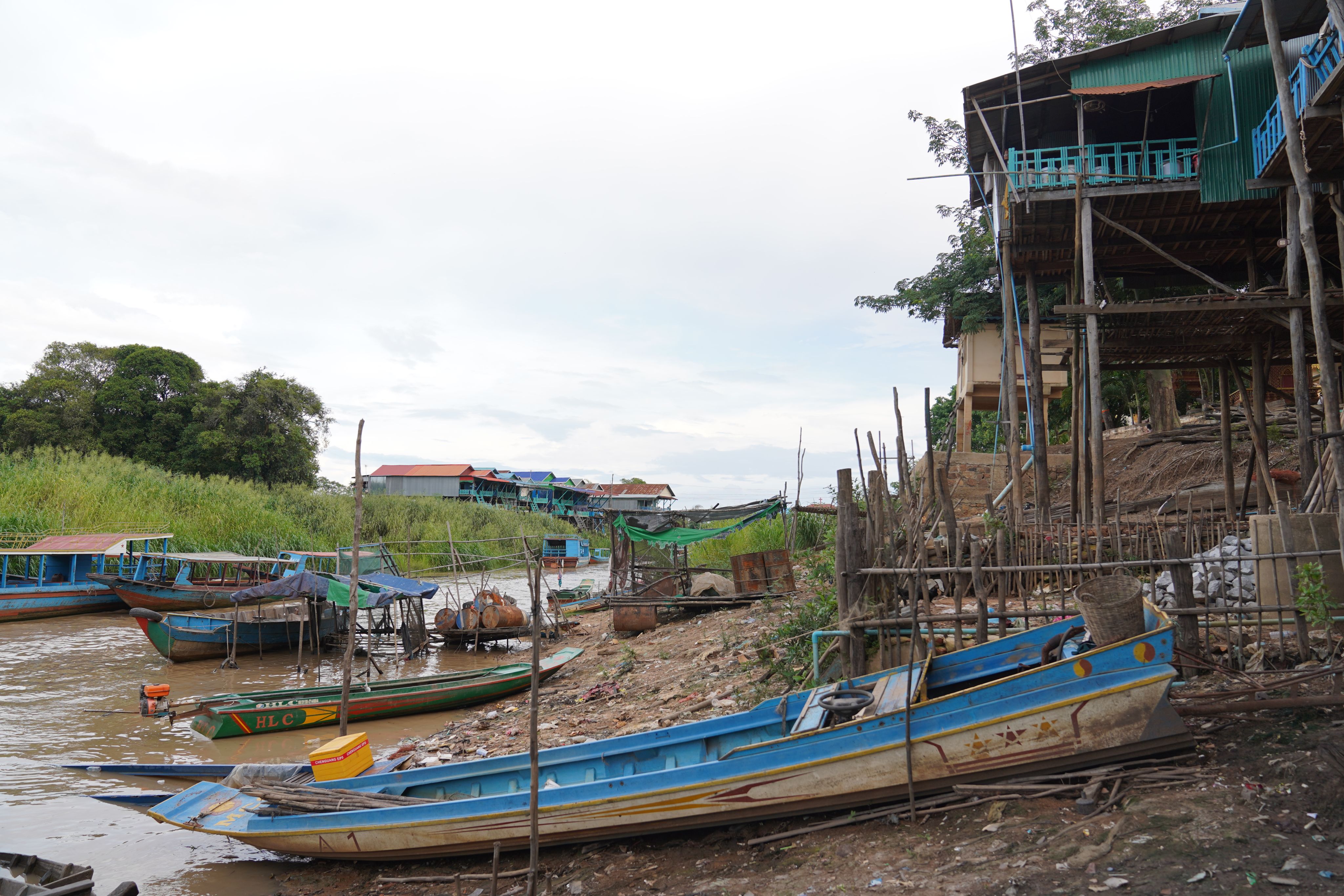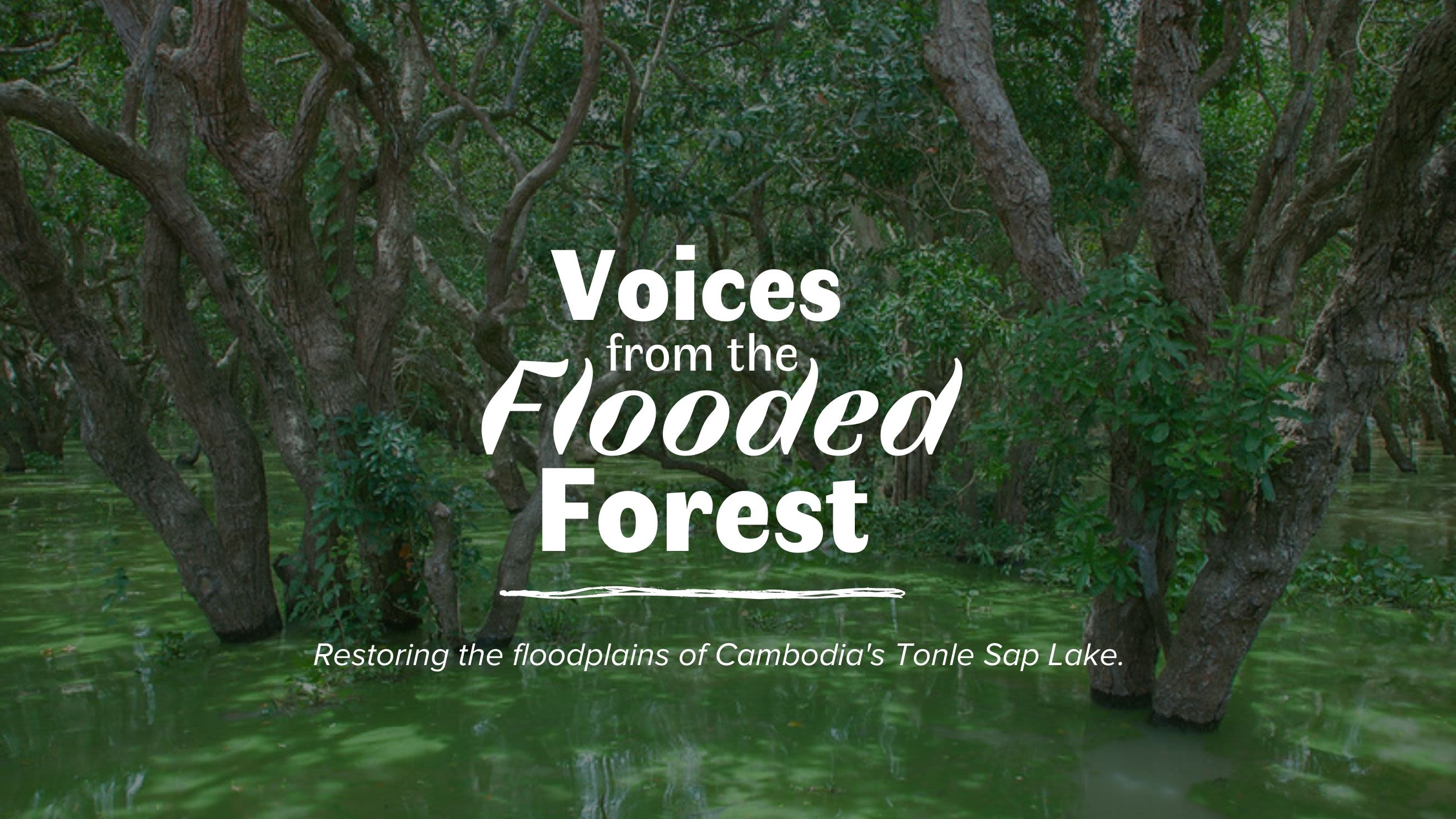
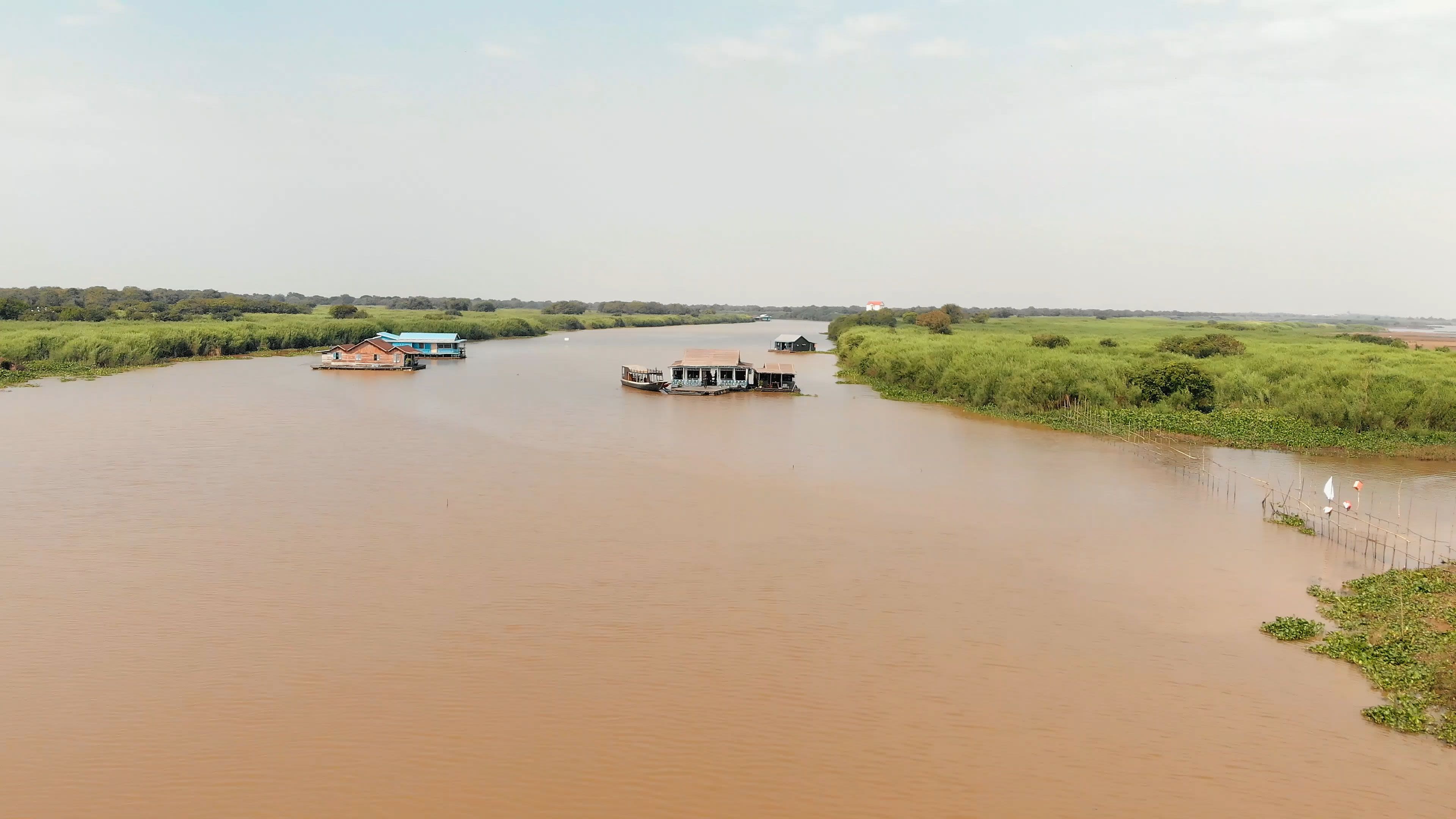
Cambodia’s Tonle Sap is the largest freshwater lake in Southeast Asia and one of the most fertile and diverse ecosystems in the world. A vital habitat for fish and numerous endangered species, it also secures the livelihoods of more than three million people, providing over 75 percent of the country’s fish catch. Its floodplains harbor the largest seasonally flooded freshwater swamp forest habitat in Southeast Asia. The preservation of Tonle Sap’s flooded forest is key for food security, biodiversity conservation and adaptation to climate change.

This story is a five-part multimedia series featuring the unique ecosystem of Tonle Sap Lake, Cambodia, its residents, and conservation efforts in the flooded forest.
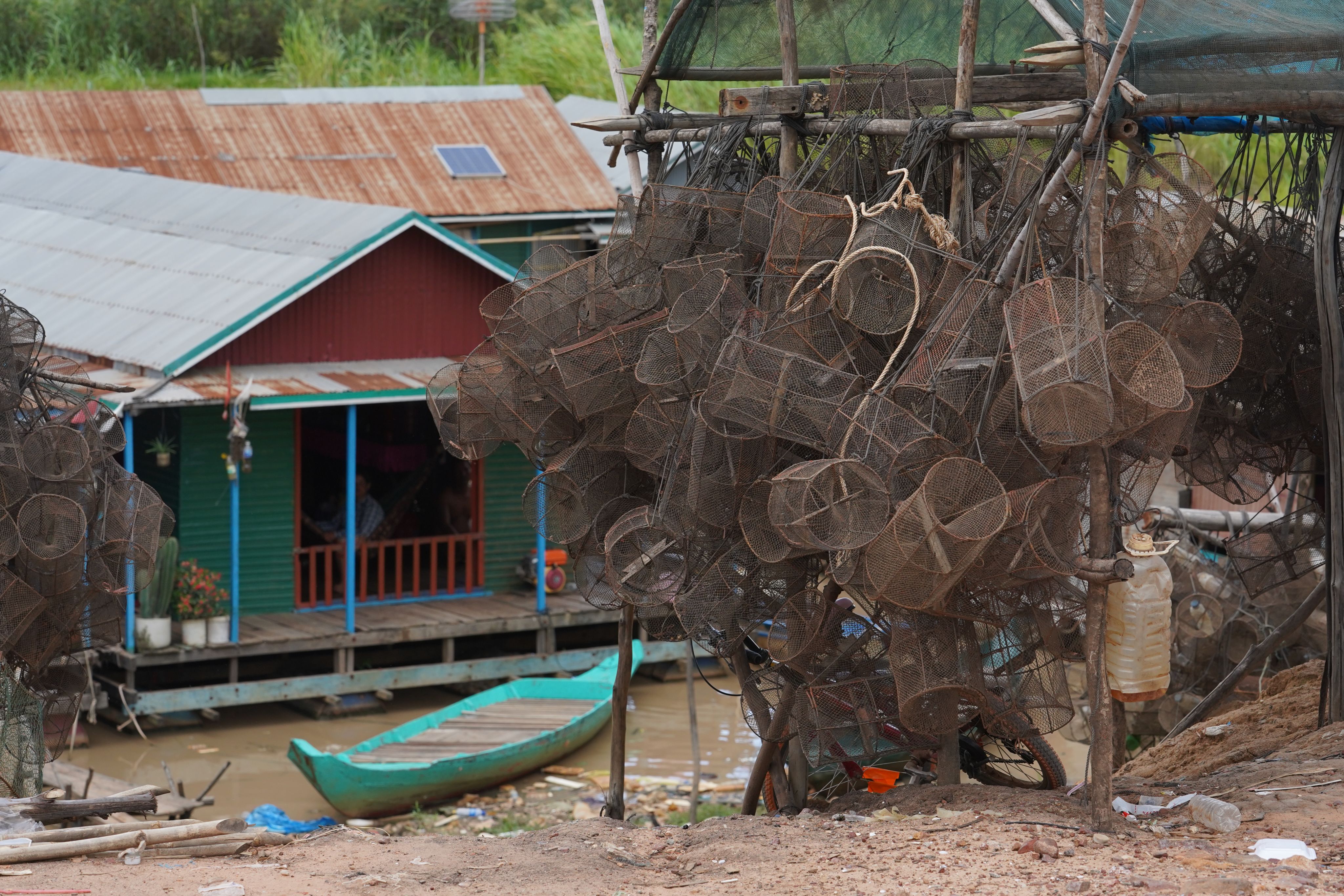
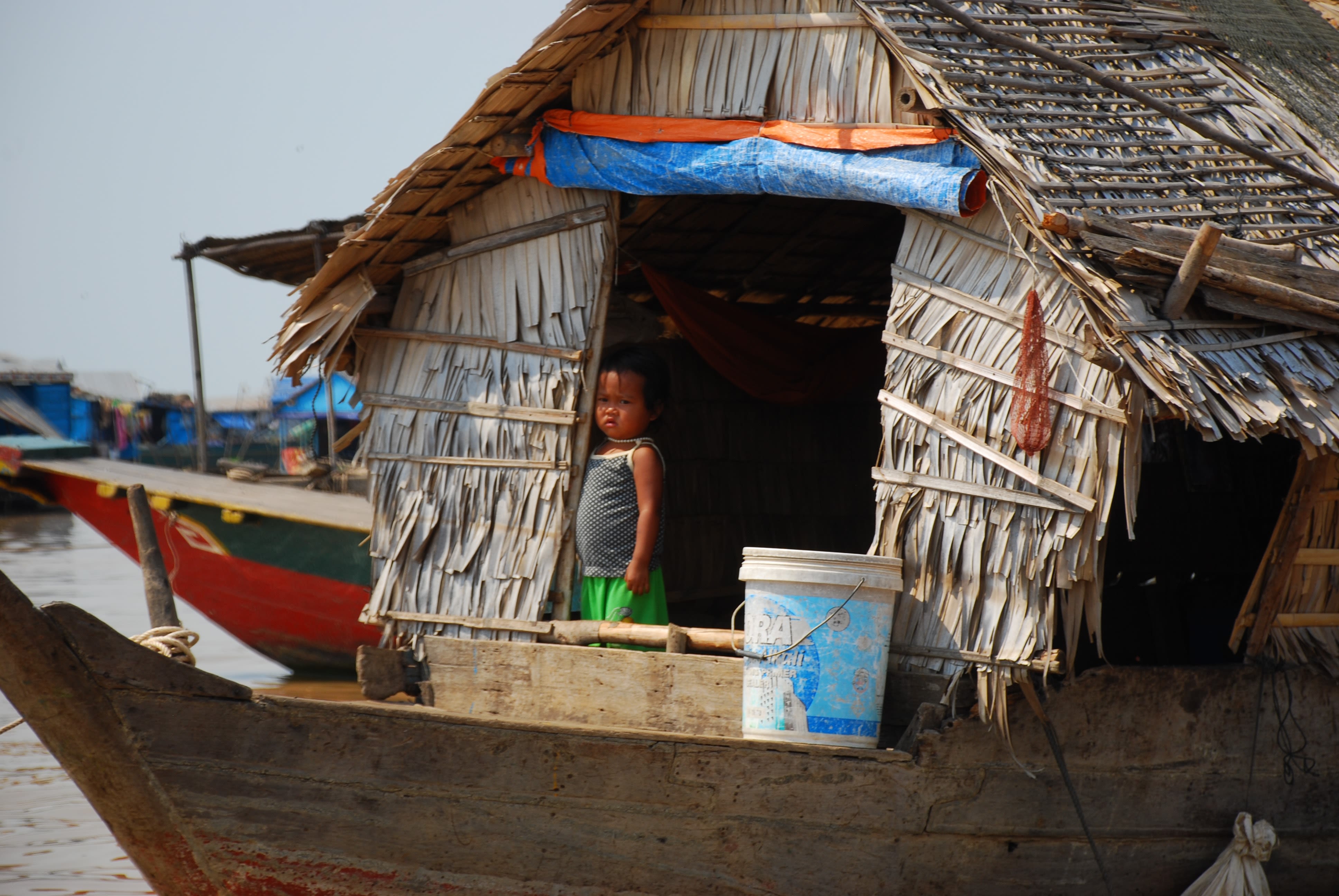

Tonle Sap means “Fresh River” in Khmer and is the name of both the river that flows into the Mekong and the largest lake in Southeast Asia.
Together with its floodplains, the Tonle Sap, also nicknamed "Cambodia's beating heart", acts as the central lifeline for more than three million Cambodians living along its banks. For centuries, this mesmerizing ecosystem, bordered by floating villages, has fed families of fishers and farmers.
The abundance of fish and the features of Tonle Sap’s extraordinary ecosystem is explained by a natural phenomenon that is unique in the world: During the rainy season, the Mekong, one of the world’s largest rivers, swells into a raging torrent and converges with Tonle Sap River. With water levels rising so fast, not all the floodwaters can escape to the sea but flows into the Tonle Sap River. The river’s current is hence reversed by the force of the water masses, making it the only river in the world flowing both ways on a regular seasonal basis.

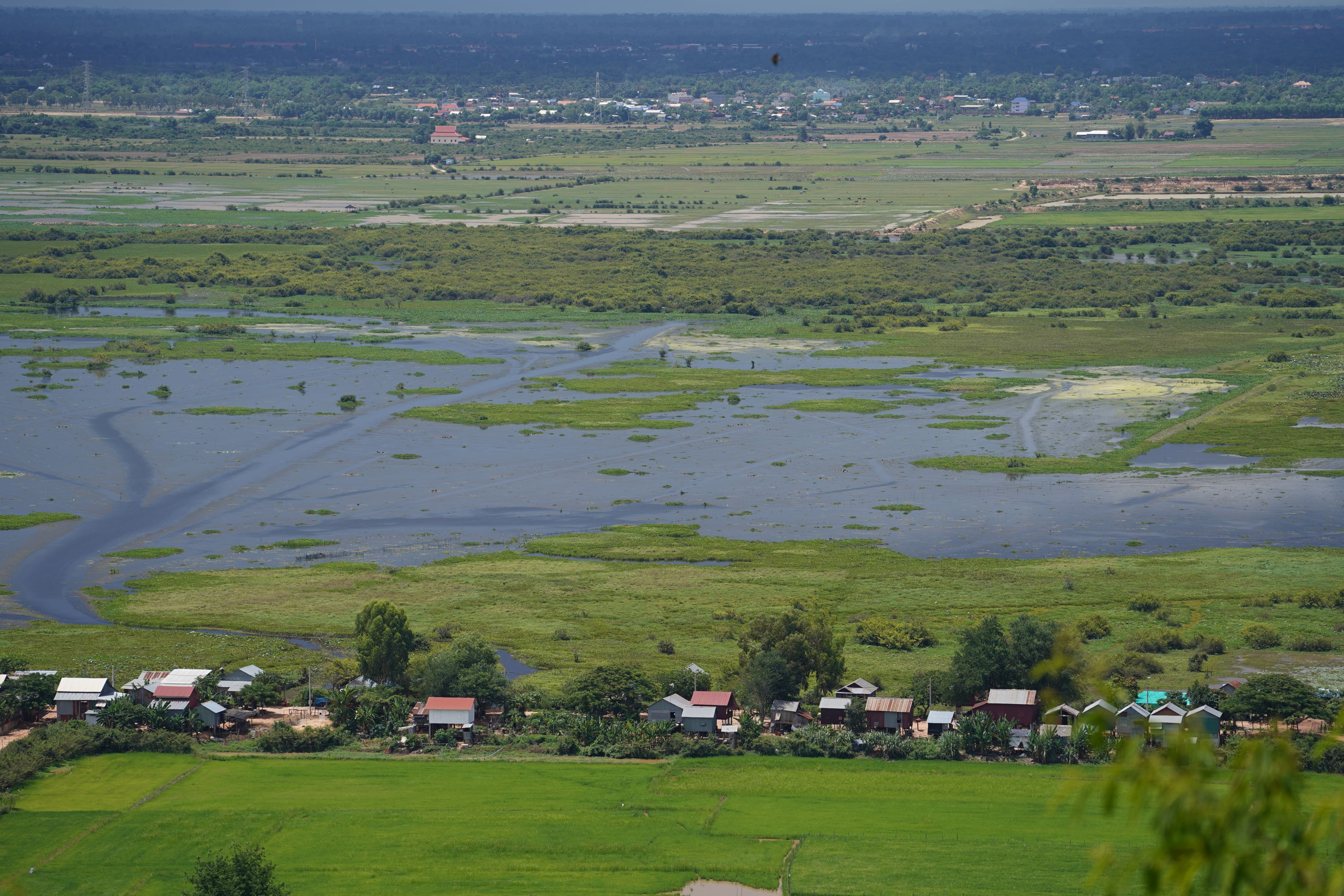
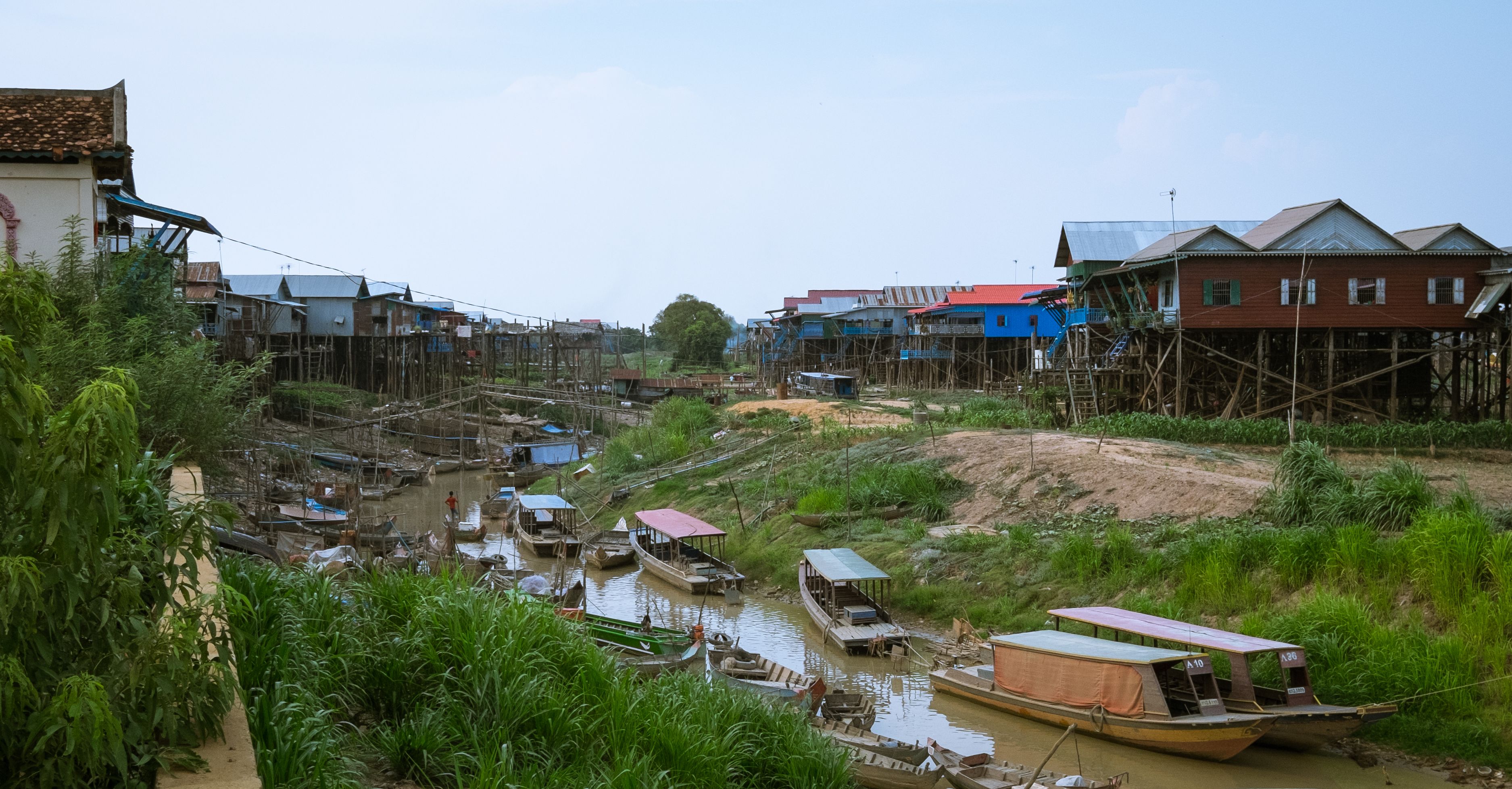
The constant movement of the water has created a unique ecosystem with over 300 species of fish, creating one of the most fertile and diverse fishery systems in the world. It is furthermore home to diverse species of mammals, amphibian, and reptiles as well as large breeding colonies of some of the world's most threatened water birds. The Tonle Sap is also the only lake in the world that is entirely surrounded by a flooded forest, which covers an area of 650,000 hectares.
Today however, this unique ecosystem faces unprecedented threats, with the lake and its surrounding floodplains under increasing pressure, especially from deforestation, infrastructure development and climate change. Additionally, agricultural expansion and intensification as well as exploitation of wood for fuel, charcoal production and construction materials have destroyed or converted large areas of the floodplain vegetation. Furthermore, recent studies have shown that both climate change and water level changes in the Mekong River due to dams are likely to have dramatic effects on the Tonle Sap water levels, which will affect its entire ecosystem, reducing forest areas and fish populations and thus severely threatening local livelihoods.
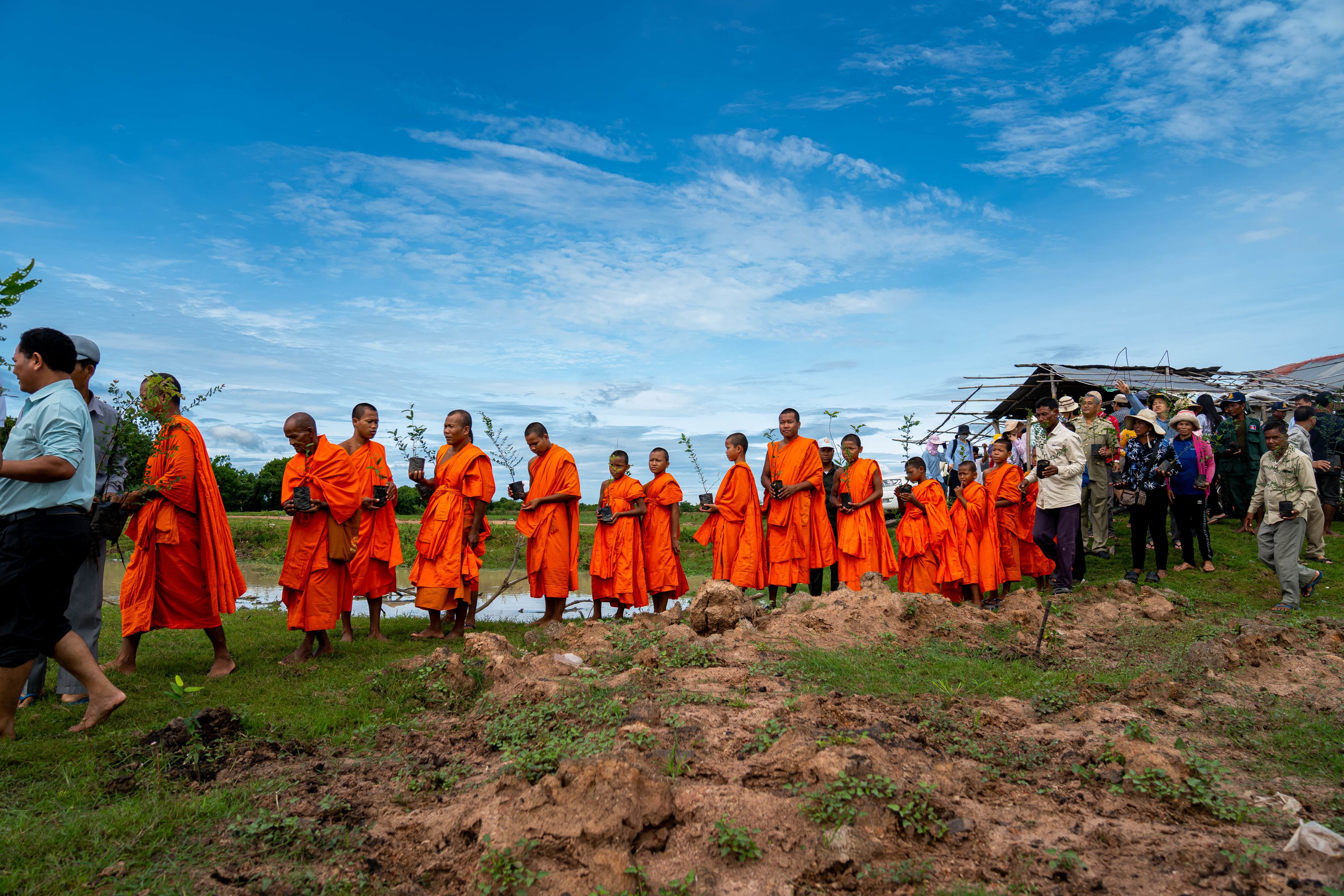
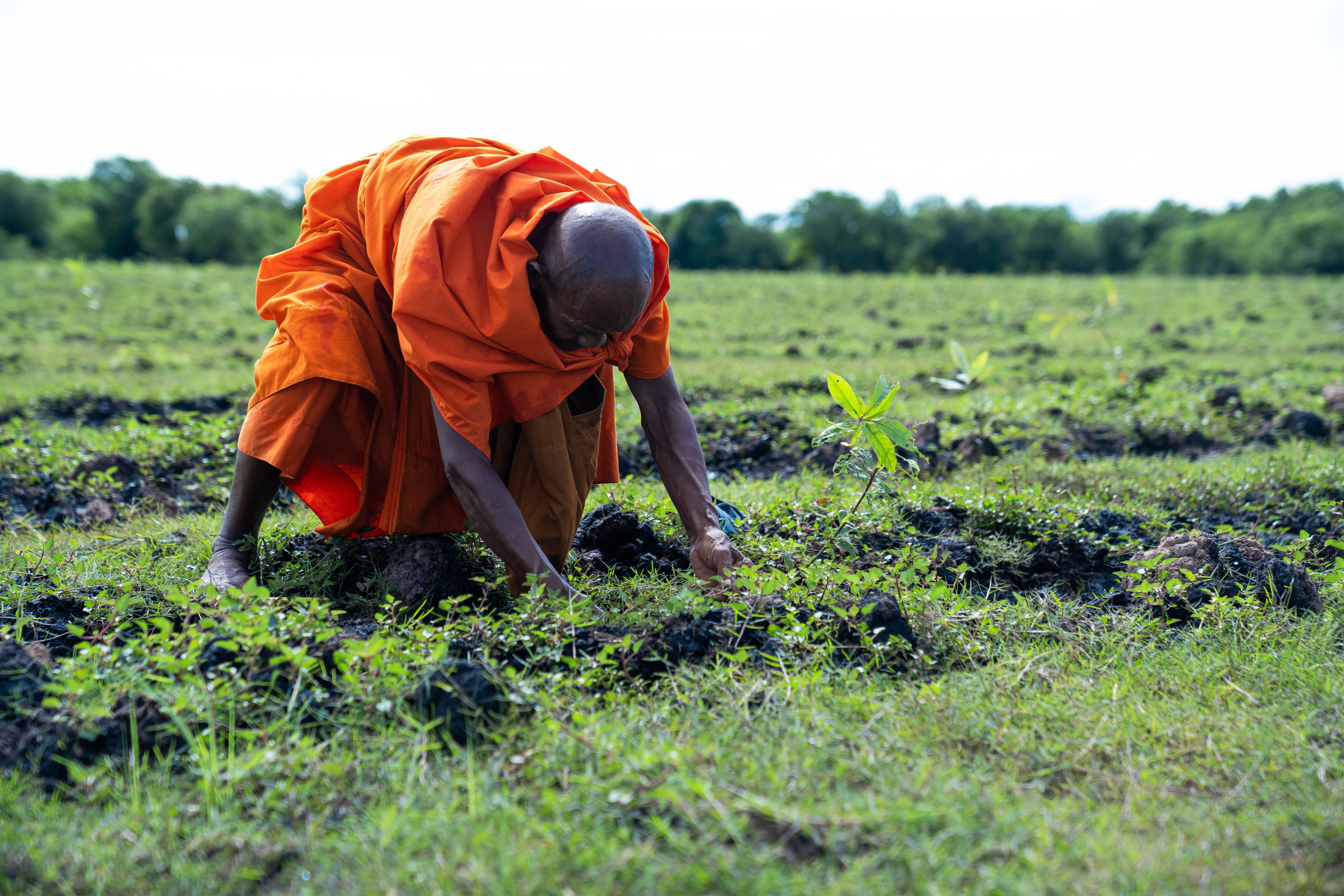
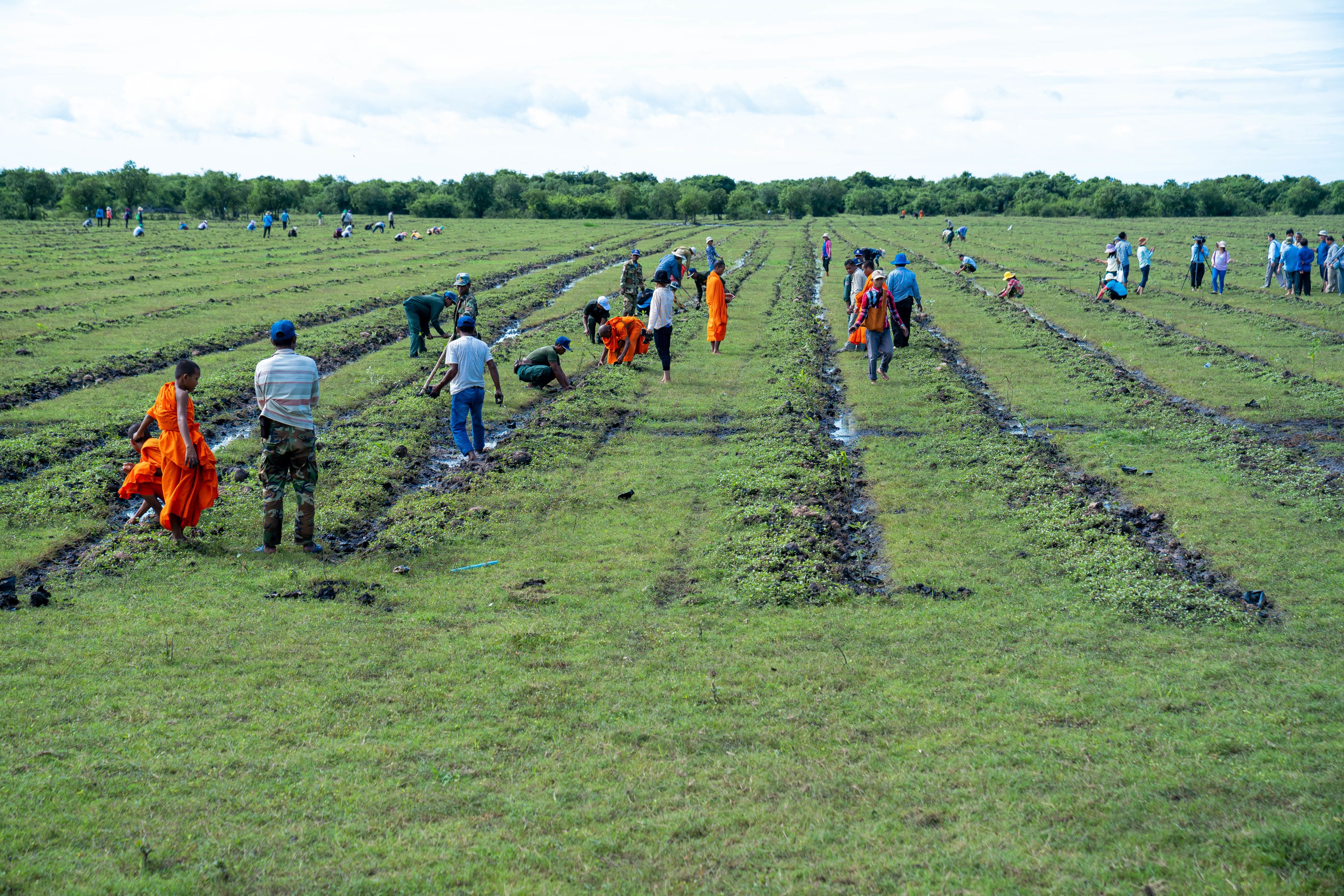
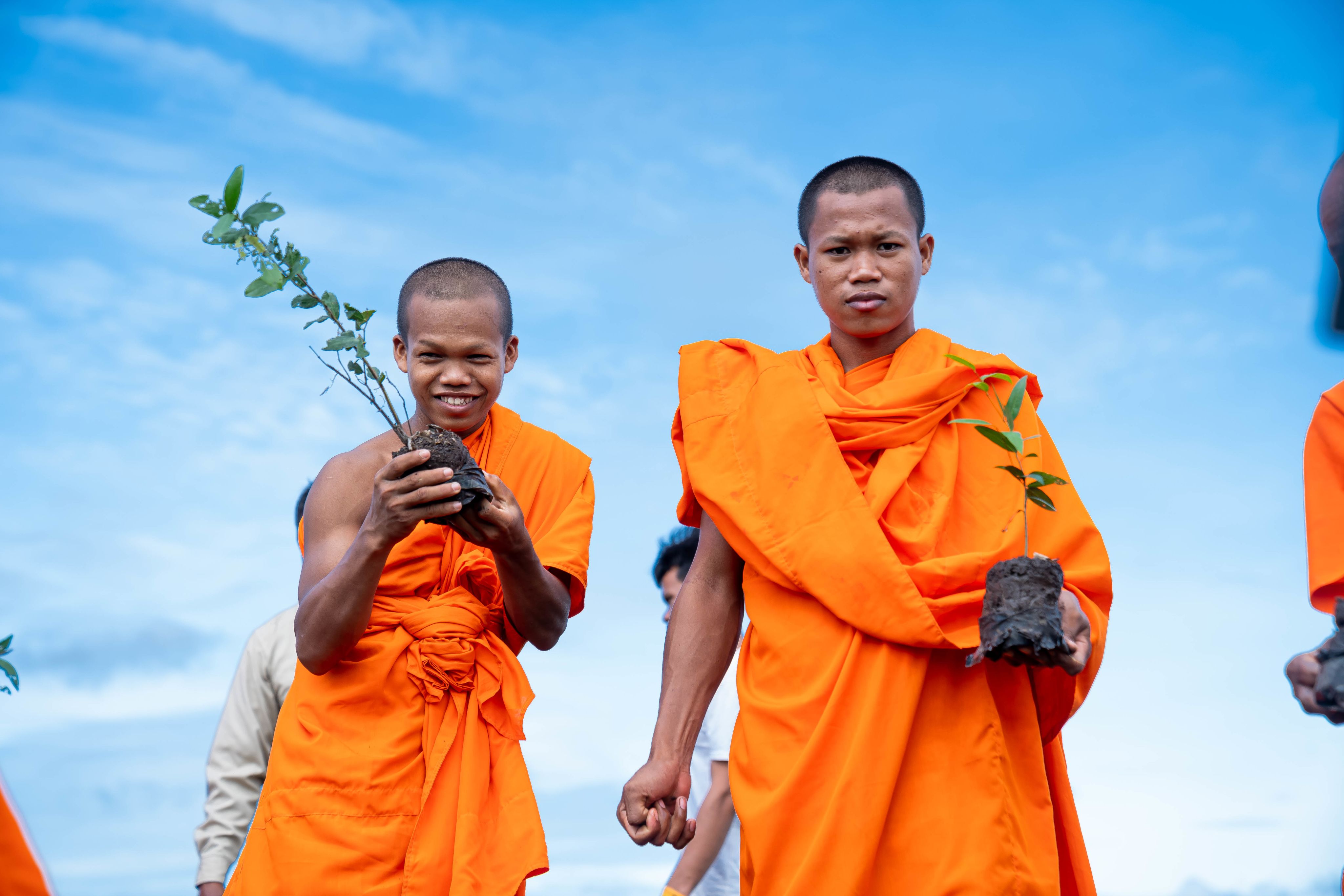
Now, more than ever, concerted efforts are needed to preserve the flooded forest of Tonle Sap.
Since July 2019, UNDP has supported the Royal Government of Cambodia, to protect and restore the flooded forest and its biodiversity within the lake area to improve fishing productivity, reduce carbon emissions and prevent erosion.
With the main objective to promote an integrated and sustainable flooded forest rehabilitation and management in the Tonle Sap Great Lake, the project focuses on promoting more sustainable management practices, capacity building for local authorities and community engagement in the flooded forest conservation areas.
Funded by The Forest Carbon Partnership Facility (FCPF) and implemented by the Cambodian Fisheries Administration (FIA) of the Ministry of Agriculture, Forestry, and Fisheries (MAFF), these steps have led to the successful replanting of 60,000 native tree species in three flooded forest areas north of the lake. The flooded forest conservation project follows an integral approach by not only strengthening the capacity of the community to manage 614 hectares of community fisheries, but also to introduce energy-efficient technology, for example using biodigesters. The overall objective of the project is to reduce the demand for wood biomass and curb deforestation and pressures on the flooded forest.
Continue to scroll to learn more from the people living around the lake area in Siem Reap province, where the project aims to restore and manage 60 hectares of the flooded forest:


Footnotes
Additional project information
- Learn more about the FCPF REDD+ Readiness Project, REDD+ in Cambodia, UN-REDD in Cambodia, Cambodia’s National REDD+ Strategy and UNDP’s work in Cambodia
- The UNDP Climate & Forests Team assists different countries and stakeholders in the implementation of the Paris Agreement by reducing deforestation, forest degradation and promoting sustainable development pathways.
- Since July 2019, UNDP has supported the Royal Government of Cambodia to protect and restore the flooded forest and its biodiversity within the lake area to improve fishing productivity, reduce carbon emissions and prevent erosion. With the main objective to promote an integrated and sustainable flooded forest rehabilitation and management in the Tonle Sap Great Lake, the project focuses on promoting more sustainable management practices, capacity building for local authorities and community engagement in the flooded forest conservation areas.
This story has been kindly supported by the Forest Carbon Partnership Facility (FCPF), UNDP Cambodia, UNDP Climate & Forests, and the Cambodian Fisheries Administration (FiA) of the Ministry of Agriculture, Forestry and Fisheries (MAFF).
Story credits:
Texts, Video Production & Visual story layout: Roxana Auhagen
Photos, Videos & Collaboration: Ratha Soy, UNDP Cambodia
Animated title visuals: Sila Alici Kavuk
Other photos as noted.
Disclaimer
The series explored the intricate relation between flooded forest landscape (the Tonle Sap basin) and local communities living within and/or surrounding the landscape. It does, however, not represent the general condition of the entire community and/or the Tonle Sap landscape as a whole.
Unless expressly stated otherwise, the views, findings, interpretation, and conclusion expressed in this multimedia series are those of the participant(s)/respondent(s) only and do not necessarily represent those of the United Nations Development Programme, including the Fisheries Administration, Forest Carbon Partnership Facility (FCPF) programme, Ministry of Environment, local communities, or the consultant engaged in preparing the case study.
The United Nations Development Programme does not warrant that the information contained in the story is complete and correct and shall not be liable whatsoever for any damages incurred as a result of its use.
